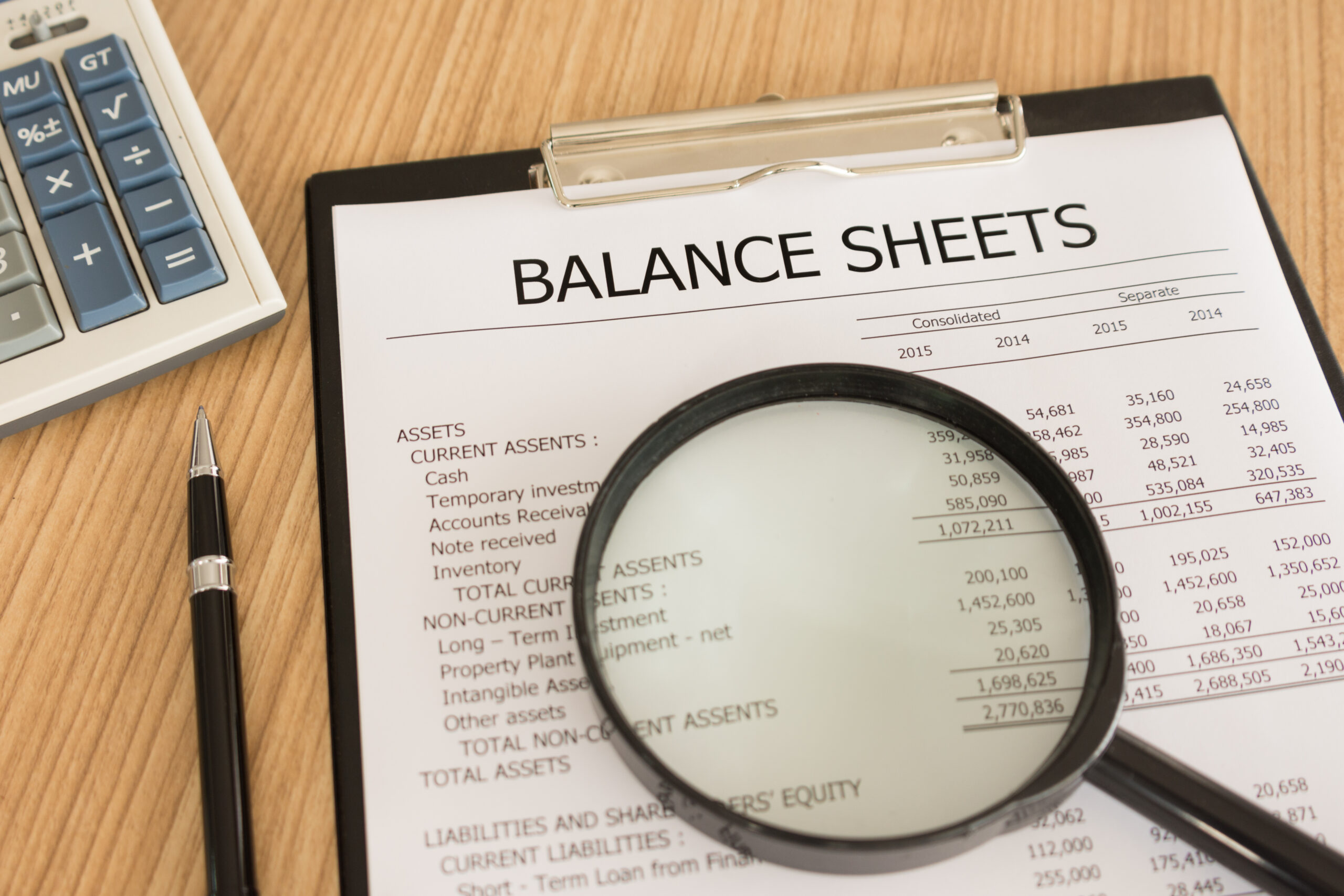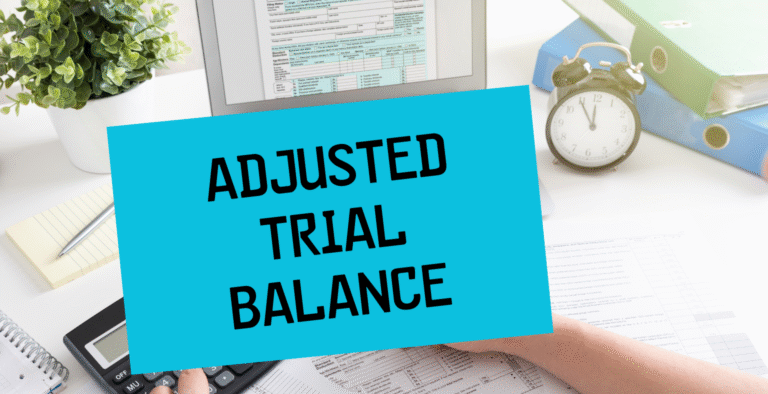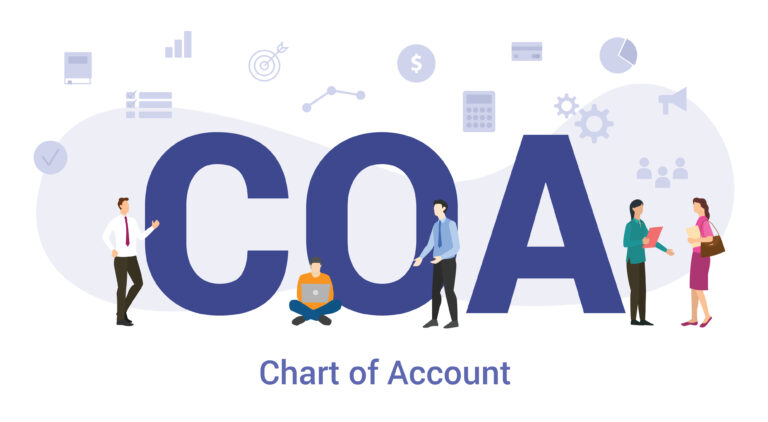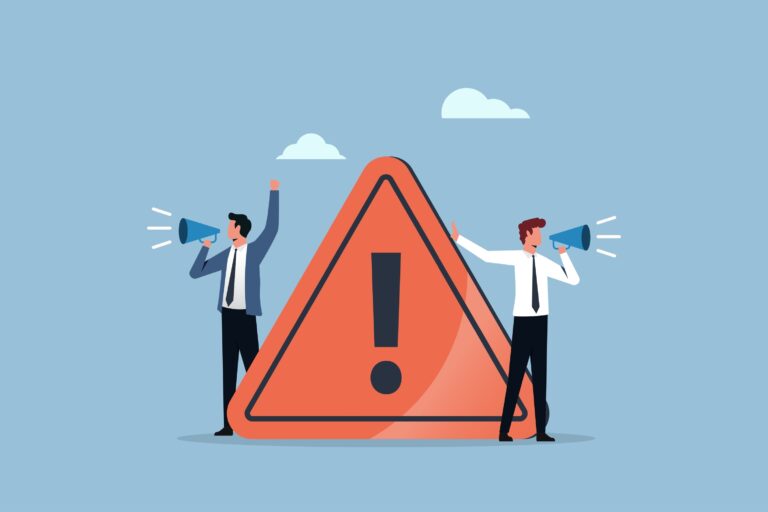A balance sheet is more than just a financial statement—it’s a roadmap to a company’s financial health. Whether you’re a business owner, an investor, or simply someone eager to sharpen your financial literacy, understanding how to read a balance sheet is a game-changer. In this guide, we’ll break down each component, helping you decode every line with ease.
What Is a Balance Sheet?
A balance sheet is a snapshot of a company’s financial position at a specific moment in time. It follows the fundamental accounting equation:
Assets = Liabilities + Equity
This equation ensures that everything a company owns (assets) is accounted for by what it owes (liabilities) and the owner’s stake (equity). Let’s dive deeper into each section.
1. Assets: What the Company Owns
Assets represent the valuable resources a company controls. They are categorized into:
Current Assets (Short-Term)
These can be converted into cash within a year:
- Cash & Cash Equivalents: The most liquid assets, including cash on hand and in bank accounts.
- Accounts Receivable: Money owed by customers for goods or services delivered.
- Inventory: Raw materials, work-in-progress, and finished goods available for sale.
- Prepaid Expenses: Payments made in advance for services like rent and insurance.
Non-Current Assets (Long-Term)
These provide long-term value:
- Property, Plant & Equipment (PPE): Physical assets like buildings, machinery, and land.
- Intangible Assets: Non-physical assets such as patents, trademarks, and goodwill.
- Investments: Long-term holdings in stocks, bonds, or subsidiary companies.
2. Liabilities: What the Company Owes
Liabilities are financial obligations that a company must settle. They are divided into:
Current Liabilities (Short-Term)
Debts and obligations due within a year:
- Accounts Payable: Money owed to suppliers.
- Short-Term Loans: Borrowings that must be repaid soon.
- Accrued Expenses: Expenses incurred but not yet paid (e.g., wages, utilities, taxes).
- Deferred Revenue: Payments received for services yet to be delivered.
Non-Current Liabilities (Long-Term)
Obligations due beyond one year:
- Long-Term Loans: Bank loans or bonds payable over several years.
- Lease Obligations: Future lease payments for rented properties or equipment.
- Deferred Tax Liabilities: Taxes owed due to differences in financial reporting and tax regulations.
3. Equity: The Owner’s Stake in the Business
Equity represents the remaining value after liabilities are deducted from assets. It includes:
- Common Stock: The value of shares issued to investors.
- Retained Earnings: Profits reinvested in the business instead of distributed as dividends.
- Additional Paid-in Capital: The amount shareholders paid beyond the nominal share value.
- Treasury Stock: Shares repurchased by the company from investors.
Why the Balance Sheet Matters
A balance sheet is a crucial tool for:
✅ Assessing Financial Health: A strong asset base with manageable liabilities indicates financial stability.
✅ Making Investment Decisions: Investors analyze balance sheets to evaluate risks and profitability.
✅ Tracking Business Growth: Comparing balance sheets over time highlights trends and business performance.
Final Thoughts
A balance sheet isn’t just a list of numbers—it’s a financial story that reveals a company’s strengths, risks, and opportunities. Whether you’re running a business, investing, or improving your financial knowledge, mastering the balance sheet empowers you to make smarter decisions.
How Accredited Bookkeeping Can Support Your Business
At Accredited Bookkeeping, we understand the challenges small businesses face when it comes to managing finances. We’re here to help you streamline your bookkeeping processes, avoid unnecessary financial errors, and gain greater clarity about your financial health. Our services are designed to fit the specific needs of your business, giving you peace of mind while you focus on growth.
Contact us today for a free consultation and discover how we can make bookkeeping easier for you.
📧 marianne@accreditedbookkeeping.com
Marianne Kirwan
📞 352-626-0116
📅 Schedule a meeting










